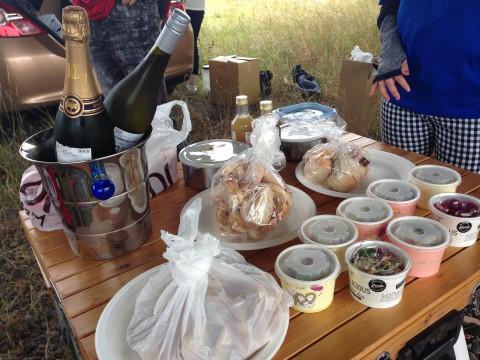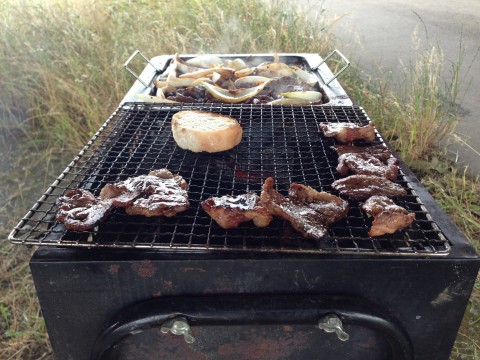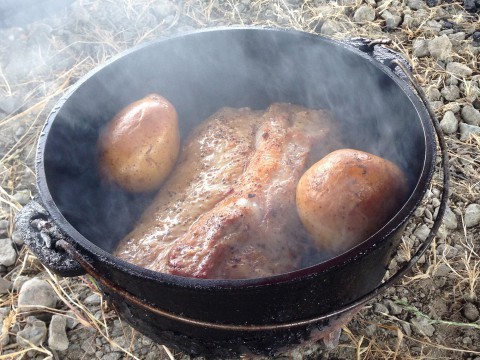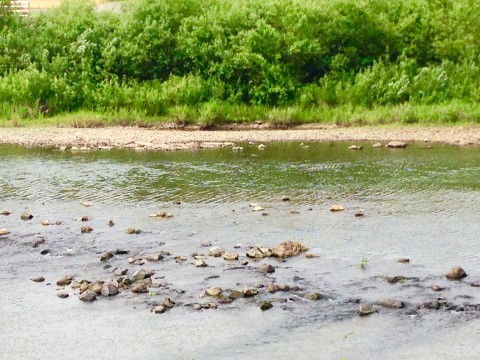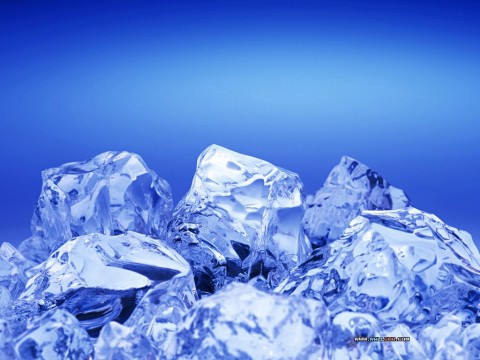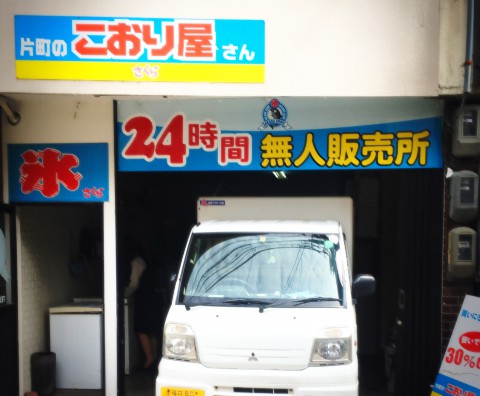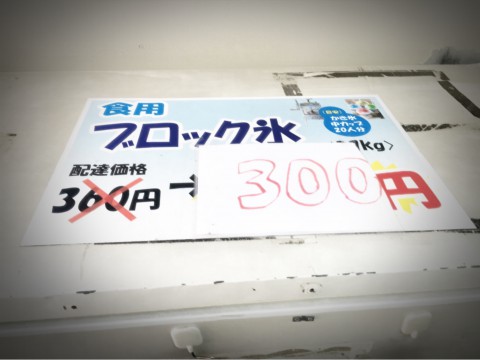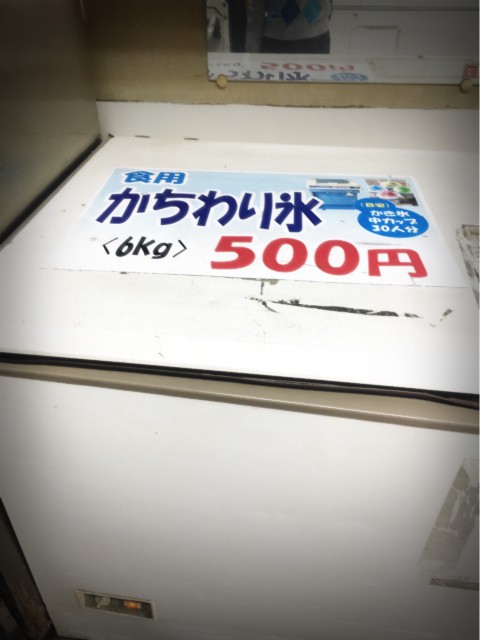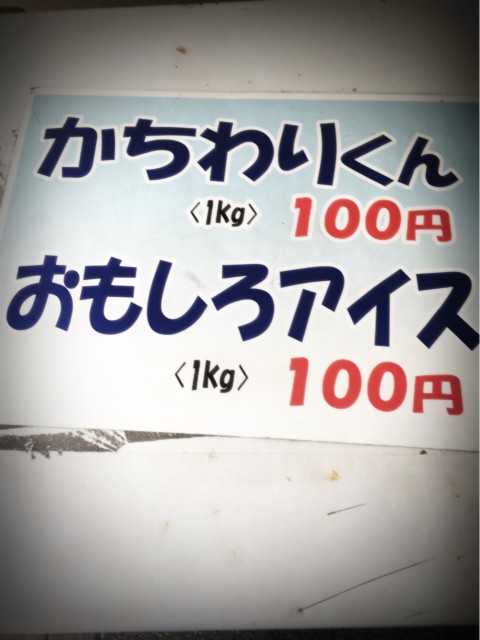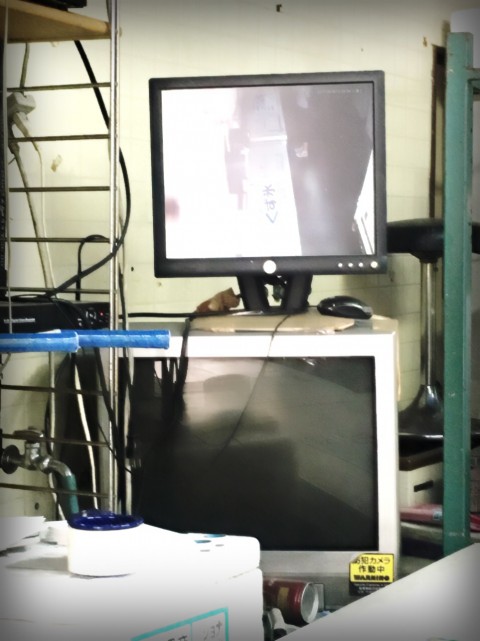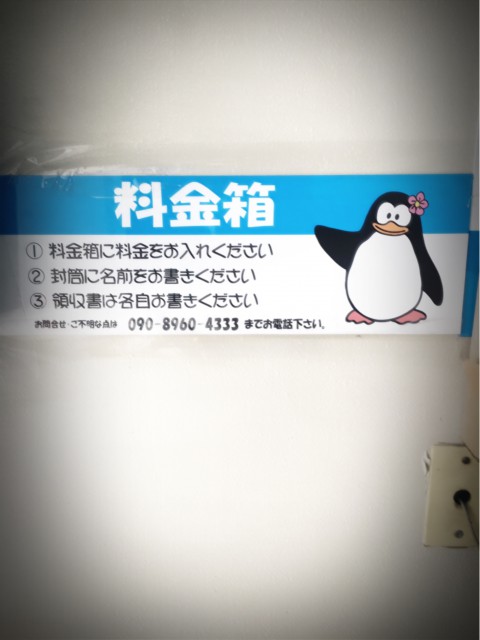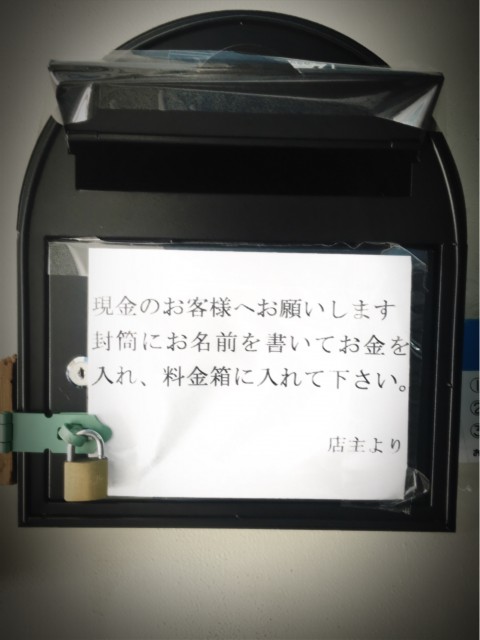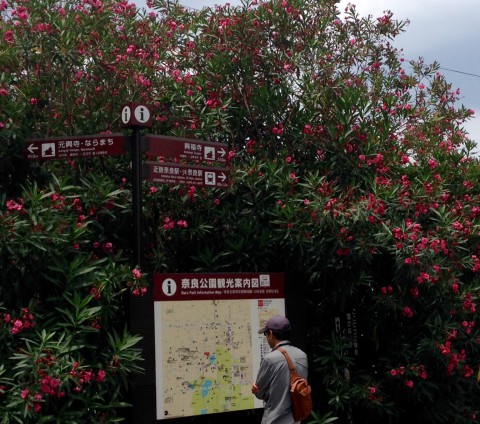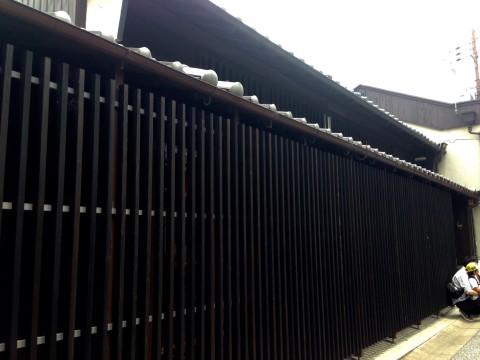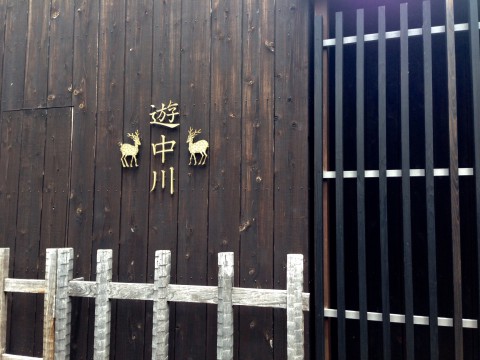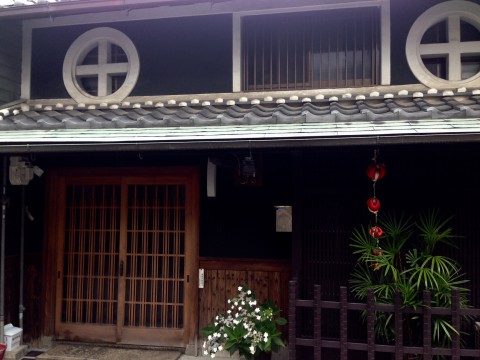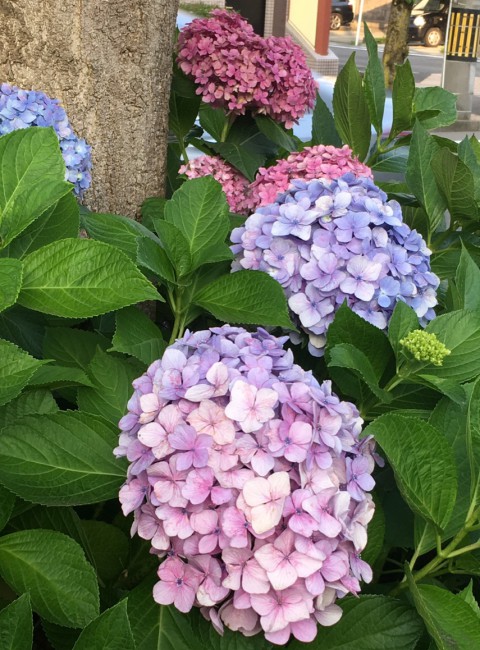“Hacksaw Ridge” directed by Mel Gibson
2017.07.30
I saw “Hacksaw Ridge” directed by Mel Gibson.
The title “Hacksaw Ridge” means Maeda escarpment in Urasoe City, Okinawa Prefecture,
where was the most fierce battlefield during World War II.
Even the US Army described it as “Gathered all Hell”.
The movie is about Desmond Doss, a combat medic.
It depicts battle scenes realistically and its another major theme is belief.
There is a scene that “Murder is the most serious sin” from the Bible.
I felt something was wrong about saying “It’s the most serious sin, so you must not kill people” (Maybe it was because of the Japanese subtitles).
Doss said “I also fight for my country. But I want to save people, not kill.” and he persisted his belief.
Meanwhile, he said that the attack on Pearl Harbor made him decide to volunteer for the army. And it reminded me how American people were shocked by the attack.
In the film, needless to say, the war was absolutely depicted through the eyes of the US Army. It didn’t touch on frightened Okinawan people at constant naval gunfire and fire radiation by the US Army at all. According to the US Army, the Japanese soldiers who are not scared of dying were very eerie in the film. And, from the Westerners point of view, probably “Harakiri” is a must, so a Japanese soldier was taken in close up only in the scene of killing himself.
According to the History of Urasoe City, about 45 percent out of its 9,217 population died in then Urasoe Village. 549 people were killed in Maeda district alone. With the film release, Urasoe City had associated events. And, a guide who shows around Urasoe Castle ruins said that she has guided over 100 people including US personnels in a day.
Near the end of the film, the US troops forced to retreat many times raised morale again and rushed to Maeda escarpment. When I saw the scene, I felt bitter resentment because I couldn’t understand why they still charge, what lay ahead. Is this justice, bringing the death of many people?
Desmond Doss passed away in 2006 aged 87. After the war, he visited Okinawa twice
and had given a media interview. In Okinawa, a fund-raising activity has started to build Doss’s monument because he tended the wound of Japanese soldiers too.
When it is built finally, it will be a new monument symbolizing peace in Okinawa, where the phrase “Life itself is a treasure” still keeps living. (H.S)
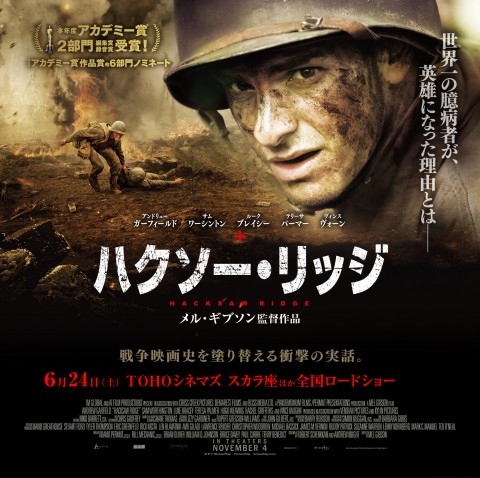
From “Hacksaw Ridge” Japanese official website
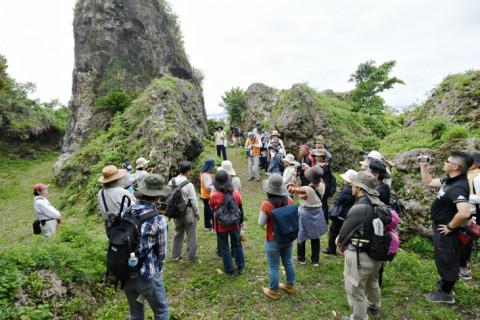
Photo from a battle site tour of Maeda escarpment (From the official website of Urasoe City)
On Google Maps, “Desmond Doss Point” is marked on the Maeda escarpment.


